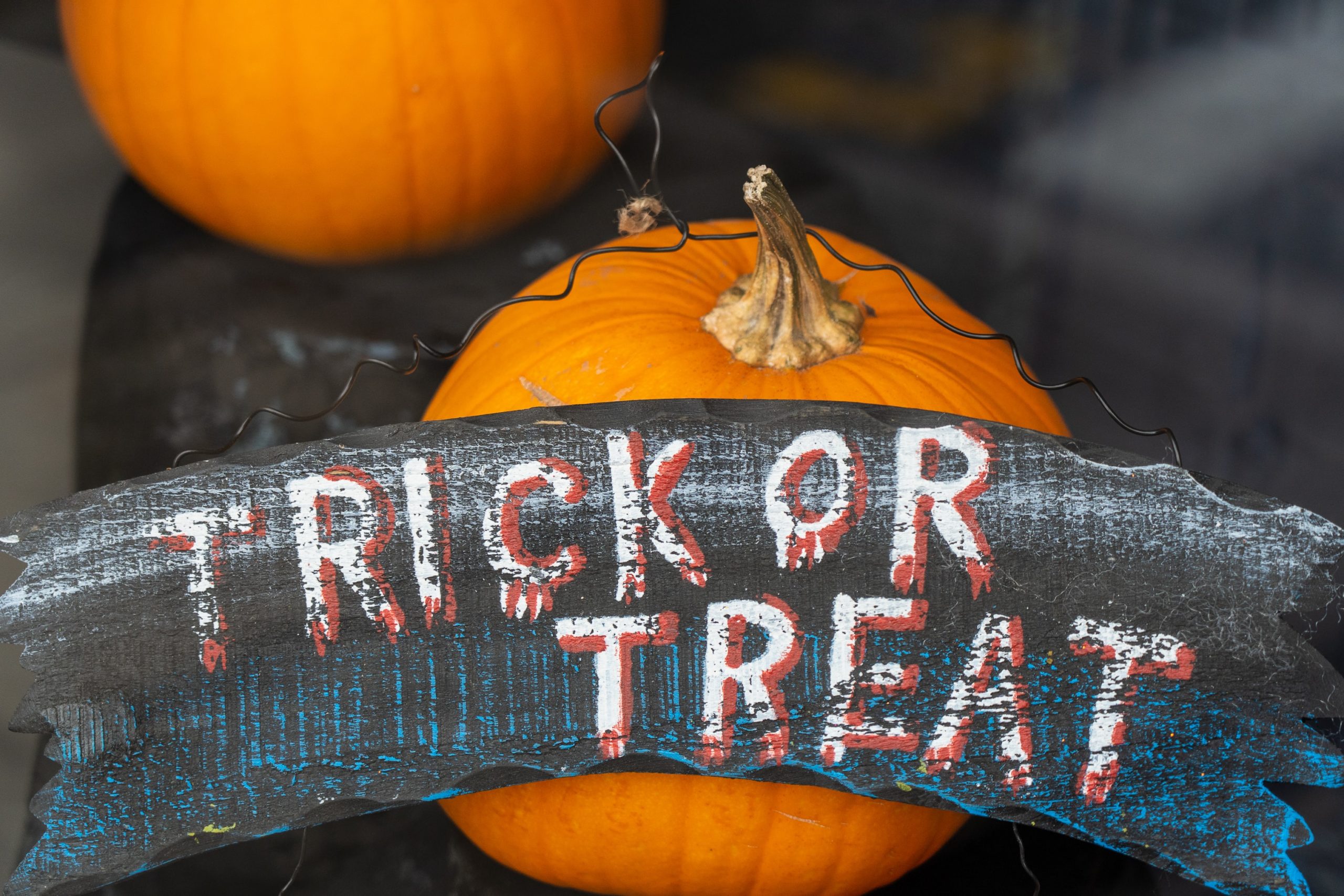
It’s inevitable if you’re a parent: Costco-sized bags of candy sitting in your house well before Halloween, taunting your kids every time they pass by. A fun-size Snickers here, some Swedish fish there … What’s the harm? We want our kids to have magical childhoods, and holiday traditions, including eating Halloween candy, are a big part of that.
However, we also want to teach them healthy habits. Luckily, most dietitian nutritionists will tell you there isn’t real harm in a piece of candy here and there. But how much is too much? What’s the right balance? And how can we help our kids enjoy Halloween to the fullest without overdoing it on sweets?
If you’ve ever asked yourself these questions, you’re not alone. My colleagues and I get these questions from parents all the time. Here are strategies that have worked for some of our clients and their families:
Buy candy as late as possible.
When we buy Halloween candy early, the chances of our kids snacking increases. And when the snacking becomes an everyday occurrence, it can quickly become a habit that sticks well after Halloween. However, if it’s not in the house, it’s not available to your family. So do yourself a favor and wait to buy your Halloween candy until the day before or morning of.
Make access to candy more difficult.
When you do bring it home, keep the candy somewhere that makes access more difficult. The trunk of your car, the garage or the guest room are great places for safekeeping. And make it a point not to open the bags until trick-or-treating begins!
Buy non-candy treats.
Glow bracelets, small Halloween-themed toys, super balls and card games are great items to distribute instead of candy. I like to give out low-sugar juice boxes and small bottles of water. All that running around makes for thirsty kids (and parents!), so a hydrating option along the trick-or-treating route is a nice alternative. The first year I did it my kids were embarrassed to be “that” house, but after seeing how thrilled kids were to receive something to drink, they quickly changed their minds.
Pick candy with other nutrients.
All candy is loaded with sugar, but some offer other nutrients as well. If they’re consuming the calories, they may as well get a little protein and fiber, too! Candy with nuts, such as Peanut M&Ms and Snickers, are better choices than strictly sugar options like candy corn or jelly beans. And dark chocolate is healthier than milk chocolate.
Eat before you treat.
On Halloween, make sure your kids have a healthy meal before heading out for trick-or-treating. The more real food they eat to fill their bellies, the less candy they may eat later on. At the very least, a good meal will fuel the evening.
Give it away.
When my kids were young, I introduced the idea of the Switch Witch, who came to the house while they slept, swapped their Halloween candy for a small gift and then donated the candy to the troops. Now that they’re a bit older, they know there isn’t a Switch Witch, and they’re even proud of their contribution to our Nov. 1 candy donation. Also, it’s okay to let your kids keep some of their favorites — 10 pieces or so — that they can eat over the next handful of days.
Enjoy the holiday.
Perhaps the most important thing to remember is to enjoy Halloween. Don’t worry too much if your kids have more than their share of candy — it happens! The last thing you want to do is associate shame or other negative feelings with this super fun holiday. So, let them enjoy that piece (or two) of candy and make some lasting memories!
Christine Ju is a registered dietitian nutritionist and co-founder of Good Food Nutrition Group in Washington, DC. Her work includes nutrition counseling for disordered eating, weight management and pediatric nutrition. Ju also teaches nutrition and health promotion at American University as an adjunct professor.







